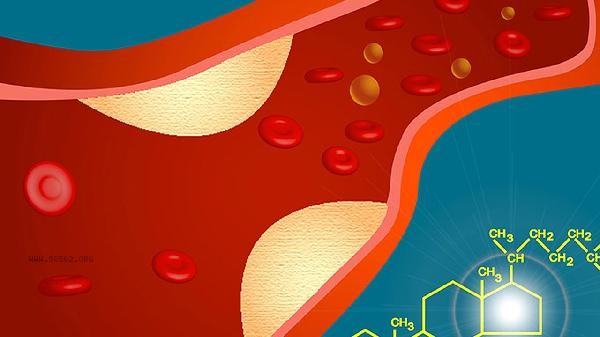A high average red blood cell volume usually indicates megaloblastic anemia or chronic liver disease, mainly related to factors such as vitamin B12 deficiency, folate deficiency, alcoholic liver disease, hypothyroidism, and myelodysplastic syndrome.

1. Vitamin B12 deficiency:
Vitamin B12 is involved in red blood cell DNA synthesis, and long-term vegetarianism, post gastrectomy, or autoimmune gastritis can lead to absorption disorders. Typical manifestations include glossitis, numbness in limbs, and large cell anemia with excessive neutrophil lobulation on blood routine. Diagnosis needs to be confirmed through serum vitamin B12 testing, and treatment mainly involves intramuscular injection of vitamin B12.
2. Folic acid deficiency:
Abnormal folate metabolism is common in pregnant women, alcoholics, or those who take antiepileptic drugs for a long time. Bone marrow smear shows megaloblastic red blood cell precursor cells, which may be accompanied by symptoms of diarrhea and depression. Fresh green leafy vegetables and animal liver can supplement folic acid, and severe cases require oral folic acid preparations.
3. Alcoholic liver disease:

Long term alcohol consumption can damage the lipid structure of liver cell membranes, leading to compensatory increase in red blood cell volume. Patients often have signs such as liver palms and spider nevi, and laboratory tests show elevated transaminase levels. Abstinence from alcohol is a key treatment measure that requires the use of liver protective drugs such as polyene phosphatidylcholine.
4. Hypothyroidism:
Insufficient thyroid hormones can slow down bone marrow hematopoietic function and produce larger red blood cells. Patients often have symptoms such as fear of cold and weight gain, and thyroid stimulating hormone testing can provide a clear diagnosis. Lifetime replacement therapy with levothyroxine sodium is required.
5. Myelodysplastic syndrome:
Abnormal cloning of hematopoietic stem cells leads to pathological hematopoiesis, with red blood cells and immature granulocytes visible in peripheral blood. Middle aged and elderly patients are more common and may progress to leukemia. Diagnosis relies on bone marrow biopsy and chromosome analysis, while treatment includes demethylation drugs or hematopoietic stem cell transplantation.

found that the average red blood cell volume is relatively high, and iron metabolism and vitamin level testing should be improved to avoid excessive cooking leading to folate loss. It is recommended to consume animal liver three times a week and stir fry over high heat to preserve nutrients during cooking. Long term drinkers need to gradually reduce their alcohol intake and quit, and supplement with complex B vitamins daily. Patients with hypothyroidism should regularly monitor TSH levels and increase medication dosage appropriately in winter. Patients with bone marrow abnormalities should avoid exposure to benzene based chemicals and undergo blood routine and bone marrow examination every 3 months.








Comments (0)
Leave a Comment
No comments yet
Be the first to share your thoughts!